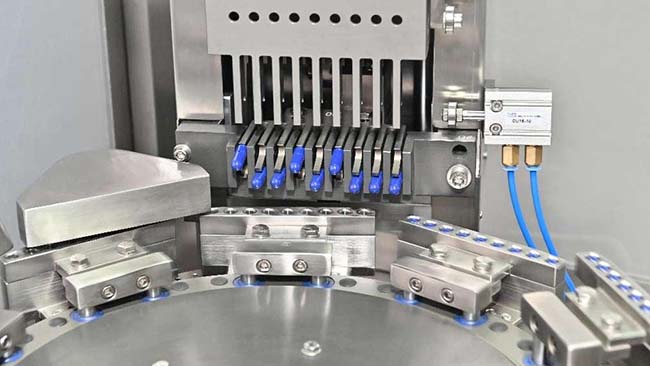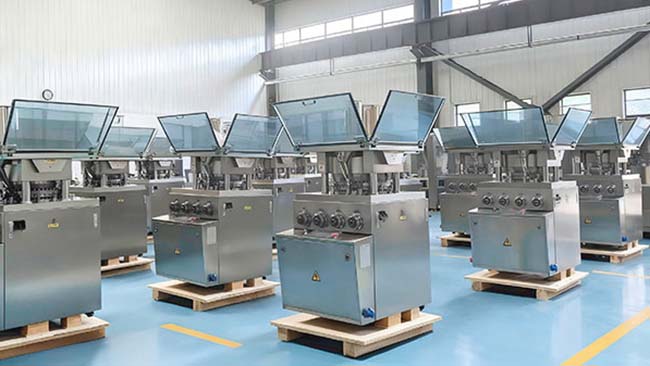When it comes to दवा पैकेजिंग, protecting your products from environmental factors like moisture, light, and oxygen is essential. Two of the most widely used packaging types are Alu-Alu and Alu-PVC. Each has distinct properties, applications, and benefits. Understanding these differences will help you make an informed decision that best suits your product’s needs. Let’s dive into how these two types compare and which might be the better fit for your packaging requirements.
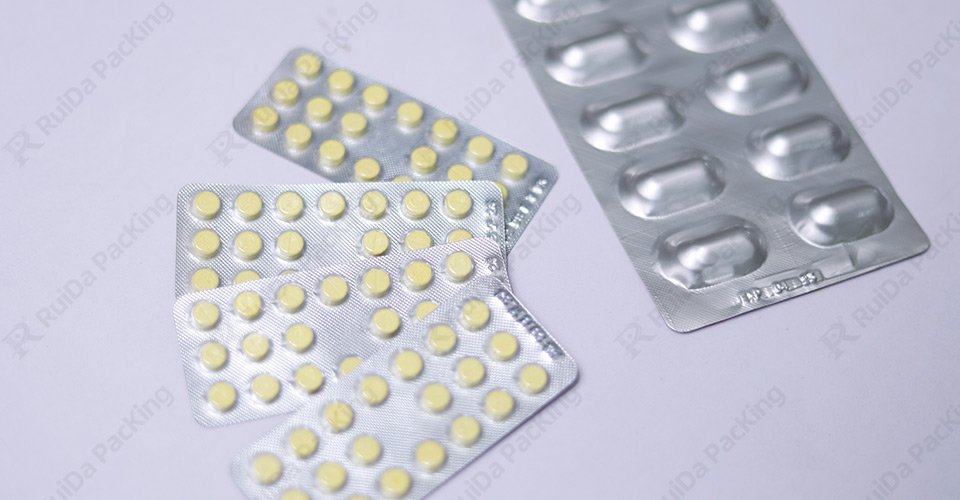
What Are Alu-Alu and Alu-PVC Packaging?
Alu-Alu Packaging
Alu-Alu packaging, also known as cold-form foil packaging, is made from two layers of aluminum foil. This structure provides unmatched barrier protection, shielding your product from moisture, light, and oxygen. If you are dealing with sensitive or high-value products, this type of packaging is often considered the gold standard.
Alu-PVC पैकेजिंग
In contrast, Alu-PVC packaging uses a combination of aluminum foil and polyvinyl chloride (PVC). The PVC layer adds flexibility and reduces costs, making it a popular choice for less sensitive products. While it doesn’t offer the same level of protection as Alu-Alu, it is still highly effective for most pharmaceutical products, balancing performance and affordability.
Key Differences Between Alu-Alu and Alu-PVC
1. Material Composition
- Alu-Alu: Constructed with two aluminum layers, creating an impermeable barrier.
- Alu-PVC: Combines aluminum foil with a PVC layer, which is less dense and protective but more flexible.
The material difference directly affects their barrier properties and cost. Alu-Alu ensures no permeability, while Alu-PVC offers moderate protection.
2. Protection Capabilities
For moisture- or oxygen-sensitive products, Alu-Alu is your go-to choice. The dual aluminum layers prevent exposure to environmental factors that could degrade the product. Alu-PVC, while offering decent protection, may not provide adequate safety for highly sensitive formulations.
विशेषता | Alu-Alu | Alu-PVC |
नमी संरक्षण | उत्कृष्ट | अच्छा |
प्रकाश संरक्षण | उत्कृष्ट | मध्यम |
ऑक्सीजन अवरोध | पूरा | Partial |
3. Cost क्षमता
Alu-Alu packaging is more expensive due to the high cost of aluminum and the complexity of its manufacturing process. If you’re working with a tight budget and your product doesn’t require heavy-duty protection, Alu-PVC provides a more affordable alternative.
4. Product Suitability
- Alu-Alu: Ideal for delicate and high-value products like certain medicines, vitamins, and supplements. These products demand an airtight, lightproof environment.
- Alu-PVC: Suitable for less sensitive drugs, such as over-the-counter tablets or capsules, which do not need the ultimate protection Alu-Alu provides.
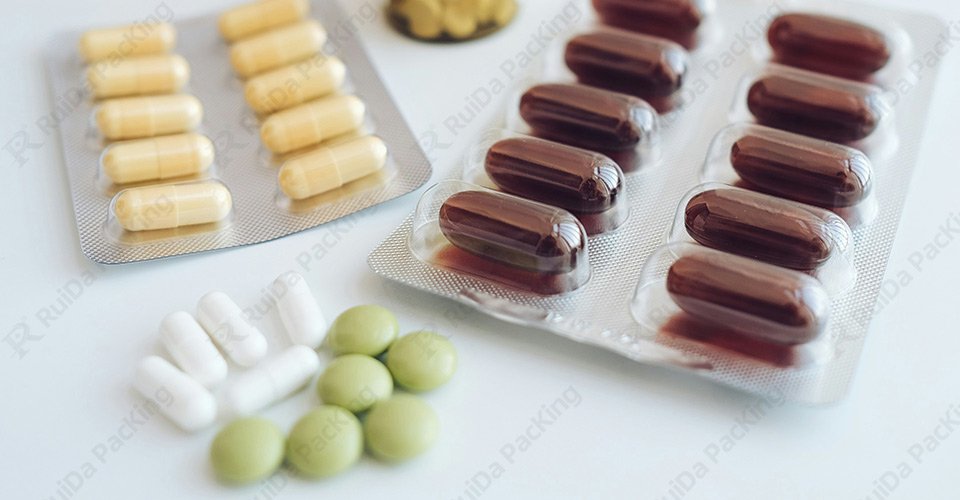
Advantages and Disadvantages
Advantages of Alu-Alu Packaging
- Superior Protection: Alu-Alu’s dual-layer aluminum construction offers the best barrier properties.
- विस्तारित शेल्फ लाइफ: If you aim to maintain your product’s efficacy over an extended period, Alu-Alu is unmatched.
- High Durability: Aluminum layers ensure that even under extreme environmental conditions, your product stays intact.
Disadvantages of Alu-Alu Packaging
- High Cost: This level of protection doesn’t come cheap. It’s better suited for premium or critical products.
- Rigid Design: Alu-Alu is less flexible in terms of shape and structure, limiting some design options.
Advantages of Alu-PVC Packaging
- Cost-Effective: The inclusion of PVC makes the packaging more affordable.
- Greater Flexibility: PVC allows for diverse design options and adaptability to different product types.
- Widely Available: Its cost-efficiency makes it one of the most commonly used options in pharmaceutical packaging.
Disadvantages of Alu-PVC Packaging
- Lower Barrier: Moisture and oxygen resistance is not as robust as Alu-Alu.
- Environmental Concerns: PVC is not as environmentally friendly as aluminum.
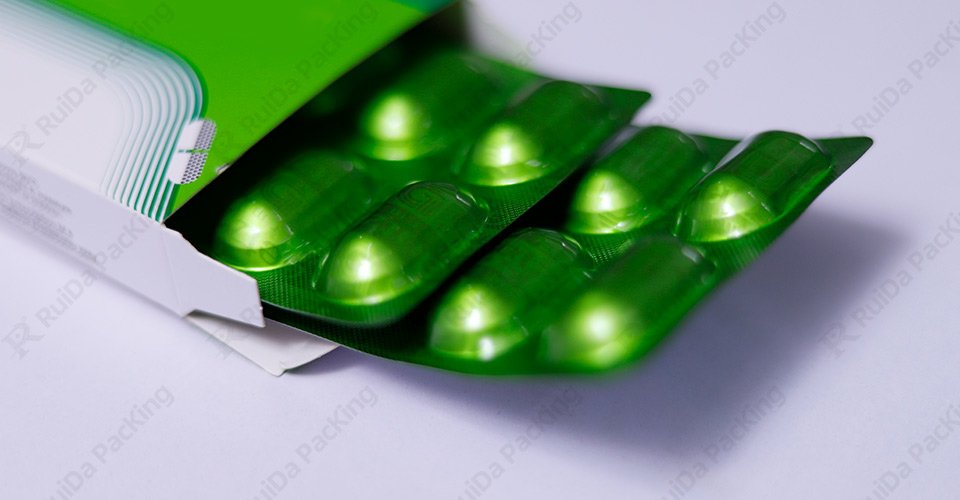
Applications of Alu-Alu and Alu-PVC Packaging
Alu-Alu Packaging Applications
This packaging type is particularly favored in industries where product integrity is crucial. For instance:
- दवाइयों: Products like anti-inflammatory drugs, antibiotics, and hormonal pills benefit from Alu-Alu packaging because it ensures no contamination.
- Nutritional Supplements: Vitamins and minerals often require maximum protection to retain potency over time.
Alu-PVC Packaging Applications
Alu-PVC packaging is a go-to for more generic or widely distributed products:
- Everyday Medicines: Painkillers, antacids, and cold remedies don’t usually require Alu-Alu’s advanced protection.
- Non-sensitive Products: Products that are less affected by light or humidity fit well with Alu-PVC packaging, thanks to its affordability and sufficient barrier.
पर्यावरण संबंधी विचार
Alu-Alu Packaging
Aluminum is recyclable, making it a more sustainable choice in the long run. However, its energy-intensive manufacturing process can contribute to its environmental impact. If you’re leaning toward Alu-Alu, consider working with suppliers who use recycled aluminum to reduce your ecological footprint.
Alu-PVC Packaging
PVC is less eco-friendly due to its non-biodegradable nature and challenges with recycling. While it’s an economical option, it may not align with stricter environmental regulations or sustainability goals in the future.
निष्कर्ष
Choosing between Alu-Alu and Alu-PVC packaging ultimately depends on the specific needs of your product. If maximum protection is non-negotiable, Alu-Alu is the clear winner, though it comes at a higher cost. For more budget-conscious options with moderate protection, Alu-PVC is a great choice. By understanding the key differences in material, barrier capabilities, cost, and environmental impact, you can confidently decide which packaging solution is best suited to your product. Always prioritize what matters most to your product’s integrity and the expectations of your customers.
